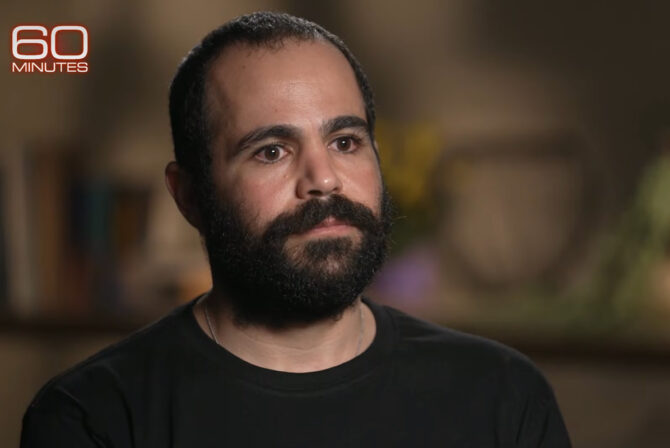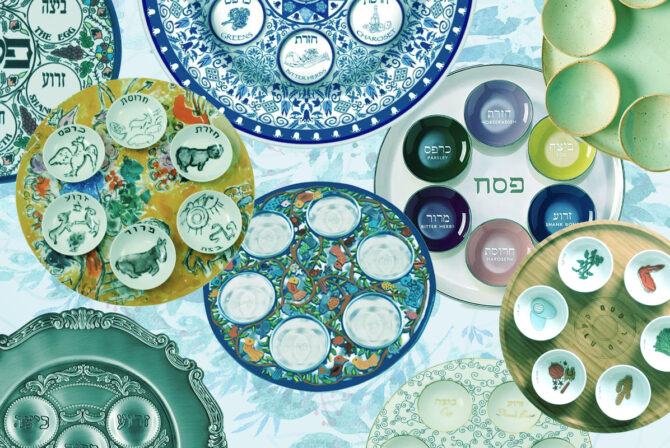Imagine plucking perfectly ripe fruit from your own fig tree, or sitting down with the family for a Shabbat meal adorned with freshly picked flowers. What about wowing your Seder guests with your very own horseradish for bitter herbs—and decorating your sukkah, or a local one, with home-grown gourds, corn stalks or other autumn produce?
All this is possible by creating your own Jewish garden. A Jewish garden incorporates plants that facilitate or embellish our Jewish observance. It doesn’t have to be large or elaborate. In fact, if you are new to gardening, it is best to start with a small plot that is easily tended, instead of getting discouraged by a large and overly ambitious project.
In today’s busy, plugged-in world, a garden gives you the chance to spend some unstructured time with your child working toward a common goal and observing the rich interplay of plant and animal life in an ecosystem you have created together.
Making Shabbat Special
When my kids were young, we were lucky enough to get the family together for a nice Friday night dinner before everyone dashed off in different directions. Even if you don’t follow the religious trappings of Shabbat, it is pleasant to acknowledge this special time and make it different from the other days of the week.
An easy way to accomplish this is by adorning the table with a beautiful array of cut flowers from your garden. All garden centers sell flowers that are suitable for cutting. If you want to be ambitious and start with your own seeds, you can get a much wider selection from many seed catalogs. Here are some of the best and easiest flowers to grow for cutting.
Cosmos come in a large variety of colors and sizes, ranging from 1 to 5 feet or more. They are generally available in garden centers and can be started easily by seed.
Sunflowers seem to come in almost an endless array of sizes and colors. They can be divided generally into single stem plants, which produce one flower from one seed, and branching types, which produce multiple smaller flowers. Pollen-less varieties are available for both types. Though some types will certainly be available in planters at garden centers, sunflowers are very easy to start from seed and the selection from the seed catalogs will be much more extensive.
Few flowers seem to come in as great a variety of shapes, sizes, and colors as zinnias. Avoid dwarf varieties, because of their short stems. Garden centers should carry a nice variety of these flowers, but to get the full potential you should buy your own seeds, which are very easy to grow.
“Bitter herbs” for Passover
Bitter herbs are an integral component of the seder plate, and many of us use a condiment which is made from the root of the horseradish plant. Store-bought horseradish can’t begin to compare to a condiment you make from your own plant. When you make it yourself, you have the ability to adjust the potency from relatively mild to mind-numbing. Use it at your own seder or bring it as a gift if you are invited as a guest.
It is best to start off growing horseradish in a large container, at least five gallons or so. This will give the plant enough room to develop nice roots, which is the part used to make horseradish condiment. It will also grow nicely in the ground but it spreads easily from the roots and so it is very hard to get rid of once it is in the ground.
Repairing the World
Consideration for the less fortunate is very important in Judaism. It falls under the general concept of tikkun olam, “repairing the world” or making the world a better place. One of the ways the Jewish community in ancient times helped those less fortunate was by setting aside for them the produce from a corner of the field. Though this practice is no longer widespread, there is nothing preventing us from taking this initiative upon ourselves.
Sit down with your child once the garden is planted and explain the idea of sharing your bounty with others. Perhaps together you can decide upon a destination for the extra produce, like a local shelter.
Decorating Your Sukkah
The holiday of Sukkot comes in the fall, when many Jews build a small hut symbolizing the Israelites sojourn in the desert in ancient times. Sukkot is also a harvest holiday, when we give thanks for the bounty of the growing season. A sukkah doesn’t have to be large or fancy. Relatively simple sukkahs can be put up quickly and make a fun activity for the family. Decorate it with produce from your garden. We used to string together green beans and cherry tomatoes or small peppers. If you have some extra space, consider growing gourds. This plant is very easy to grow from seed in the summer, just give it some room. Some varieties will also climb fences, walls or other structures.
Going Further: A Bible garden
Depending on your interest, time and space, your Jewish garden can take on additional forms. One of these might be a Bible garden, which includes plants mentioned in the Bible, and creates an opportunity to introduce these famous stories to our children in an unobtrusive manner. A number of such gardens exist throughout the country. Many of them are located on the grounds of synagogues and looking at their descriptions can serve as a good starting off point.
Whether you just grow one small plant or take on a major project, a Jewish garden will give you hours of enjoyment and allow you and your child to explore the intersection between growing green things and Jewish culture and religion.







